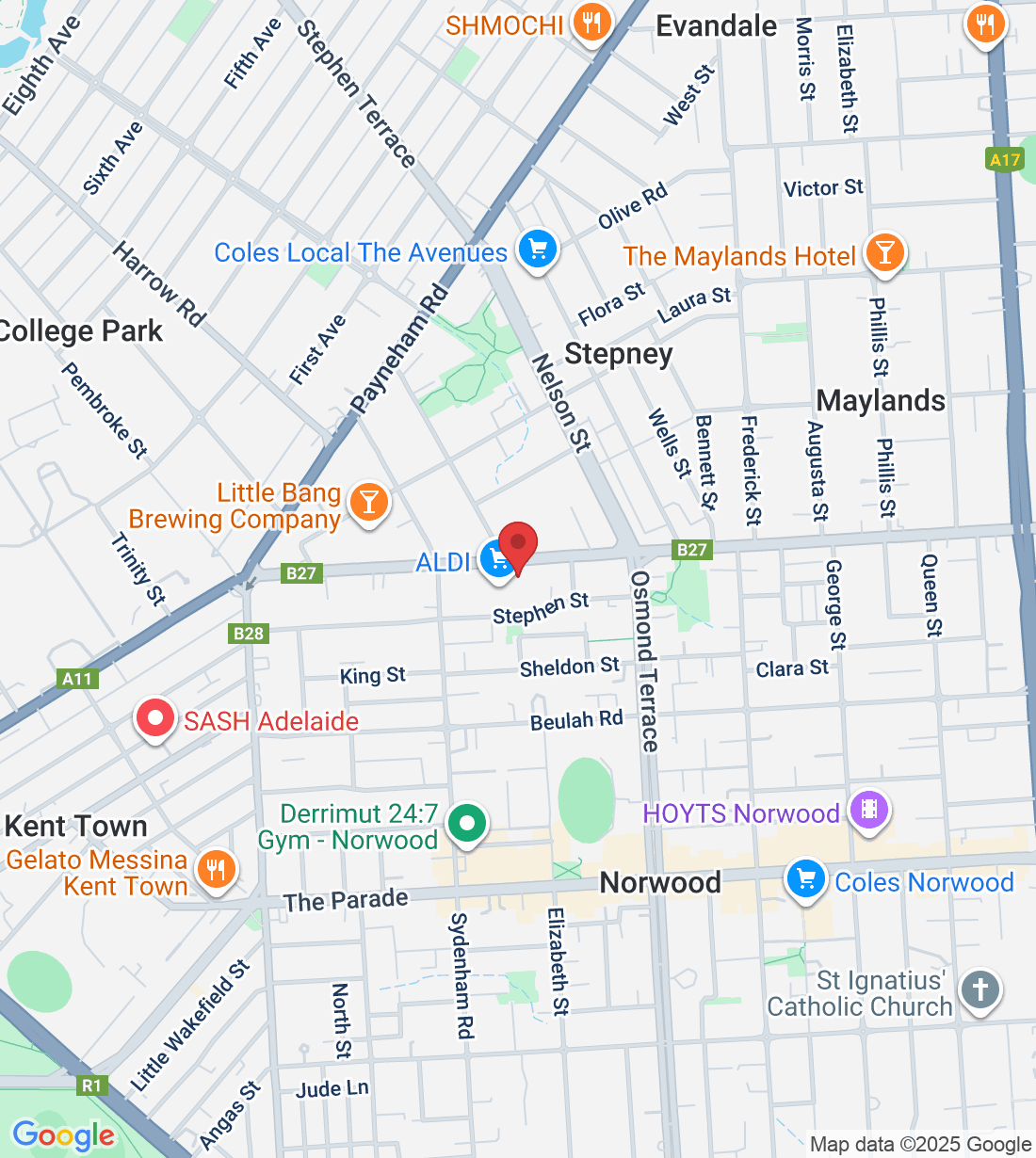
Understanding Patellofemoral Pain
Pain around the knee isn't always arthritis or a ligament or cartilage injury. Goof to know right?!
Many a netball or basketball kids has come in to the clinic following a training or game saying they were anxious their child had 'done their meniscus' and should they book the surgeon yet or not? True story.
Thankfully with just a few targeted questions and specific tests we can rule out those serious injuries and rule in a pesky injury that few people understand.
Let me introduce you to a common yet often misunderstood condition: Patellofemoral Pain.
What is Patellofemoral Pain?
Patellofemoral pain (PFP) is a fancy name for pain that occurs at the front of your knee, around your kneecap (patella). This condition is sometimes called "runner's knee", but you don't have to be a runner to experience it. It is generally caused by the knee cap not moving well through it's normal range of movement.
Who is Most Likely to Experience PFP?
PFP can affect anyone, but it’s most common in adolescents especially young active females with a 30% prevalence rate amongst adolescent female athletes.
Adolescents that do a lot of exercise tend to be more prone to PFP. More so in sports that involve a lot of fast, hard knee bends, like volleyball, basketball and netball. But also track and field events.
PFP does affect adults but it is more likely to get those adults a little de-conditioned and those that have recently taken up a new sports such as running.
Common Symptoms
Pain at or around the front of the knee is the trademark sign. It could be on the inside, outside top or bottom of the knee cap area or all around. It is commonly aggravated by:
Going up or down stairs
Squatting
Sitting with bent knees for long periods (think long car rides or movies)
Running.
Management of PFP
Managing PFP involves a few key principles:
Activity Modification: Sometimes you just need some help with your load management. Adding in a rest day, or a low impact option may allow the knee a chance to settle down, recover and be ready for the next session.
Strengthening : Building up the muscles around your knee, particularly the quadriceps and hamstrings as well as other supporting areas such as the calf muscles and gluteals can improve the control around the kneecap.
Movement pattern training: Having strong muscles is one thing, but being able to use them effectively to run, jump and change direction is another thing. This is super important for resolution of symptoms and prevention of reoccurance.
Manual Therapy: Hands-on techniques such as massage and dry needling can reduce pain a little in the short term while you work on strengthening and improving the movement pattern.
Taping: Sometimes, using special taping techniques can help support your knee cap can significantly decrease PFP and allow sport to continue.
Education: Learning why your individual risk factors for PFP and how to decrease these can help a patient manage their symptoms and prevent reocurrances.
So if PFP is stopping you or someone you love, book an appointment with us today.
Ask a question of Vital Core Physiotherapy
Fill in the form to request a Call From Our Team
One of our team will call you for FREE and answer any questions or concerns you may have about your condition
© 2023 Vital Core Physiotherapy





